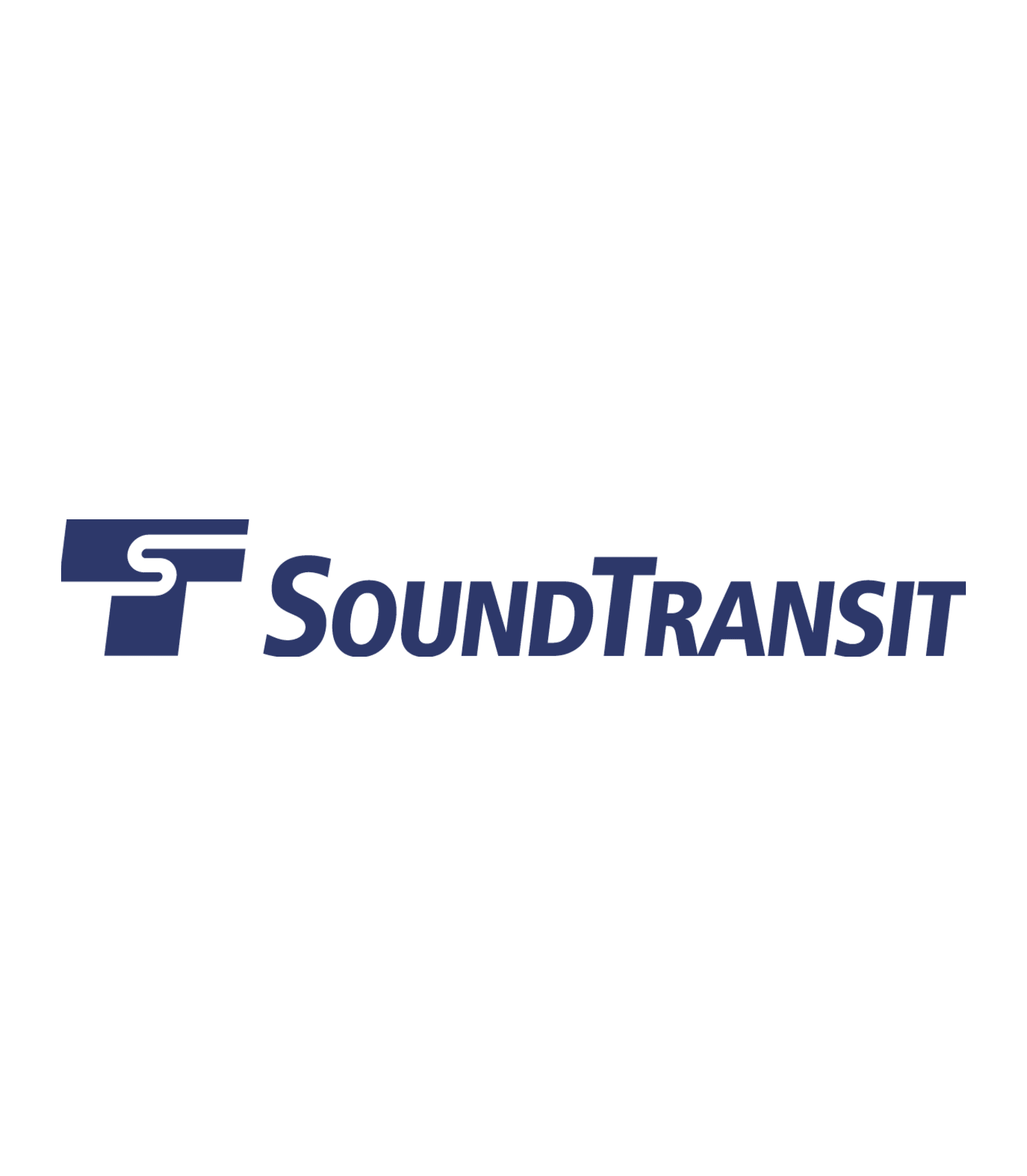The Agency, Central Puget Sound Regional Transit Authority (Sound Transit), is seeking an accessible, easy to use and comprehensive solution to combine trip planning, real-time information, interactive support and fare payment for our passengers who use Sound Transit services, including passengers who use assistive technology or who do not have access to smartphones.
PRE-PROPOSAL MEETING DETAILS
Meeting: December 3, 2021 at 9:00AM PST. The Teams meeting will launch at 8:45AM and begin at 9:00AM.
This is a pre-proposal meeting for the Challenge solicitation: RP 0144-21, Digital Assistant: interactive passenger-facing solution. All vendor Requests for Information are to be submitted to the City Innovate portal for this Challenge.
Although a question may be answered at the pre-proposal meeting, the original RFP documents (Challenge documents) remain intact unless changed through a formal Addendum. Therefore, Proposers are advised not to rely on oral interpretations, even if made by Sound Transit staff or Consultants.
Teams Meeting Link:
Microsoft Teams meeting
Join on your computer or mobile app
Or call in (audio only)
Phone Conference ID: 395 949 994#
